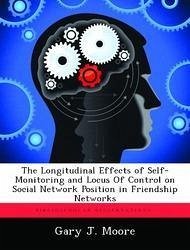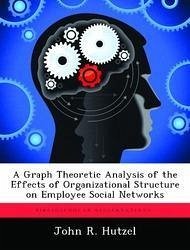Nicht lieferbar

The Longitudinal Effects of Self-Monitoring and Locus Of Control on Social Network Position in Friendship Networks
Versandkostenfrei!
Nicht lieferbar
The purpose of this research was to identify how enduring personality characteristics predict a person's location in a network, locations which in turn affect outcomes such as performance. Specifically, this thesis examines how self-monitoring and locus of control influence an individual's location in a friendship social network over time. Hierarchical Linear Modeling (HLM) was used to analyze 28 groups of students and instructors at a military training course over six and one half weeks. Self-monitoring predicted betweenness centrality in five of six time periods while locus of control predic...
The purpose of this research was to identify how enduring personality characteristics predict a person's location in a network, locations which in turn affect outcomes such as performance. Specifically, this thesis examines how self-monitoring and locus of control influence an individual's location in a friendship social network over time. Hierarchical Linear Modeling (HLM) was used to analyze 28 groups of students and instructors at a military training course over six and one half weeks. Self-monitoring predicted betweenness centrality in five of six time periods while locus of control predicted betweenness centrality in three of six time periods. The moderation of selfmonitoring on locus of control also determines social network centrality. A longitudinal analysis suggested that self-monitoring was not related to the rate of increase of centrality over time. Organizational leaders may benefit in better identifying influential social network employees by their personality make-up and assigning them where their impact will be most valuable.








